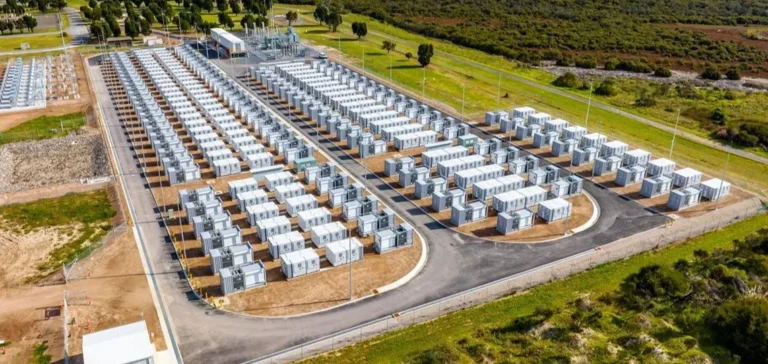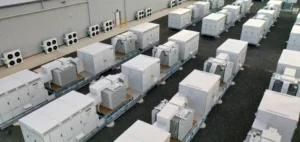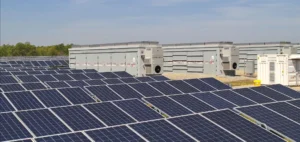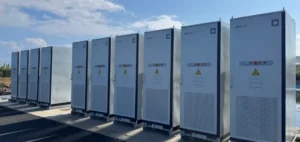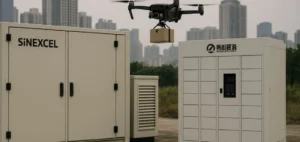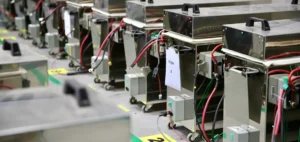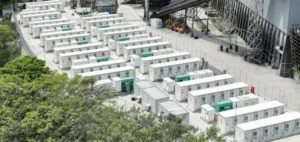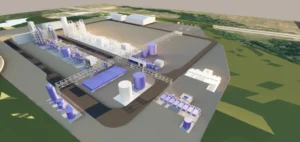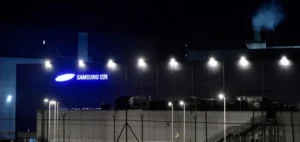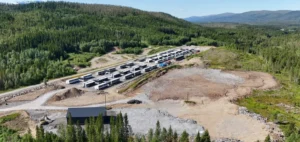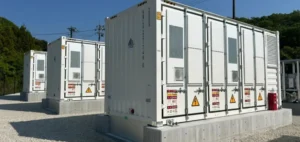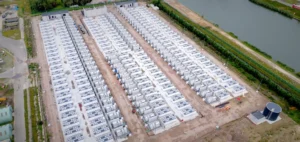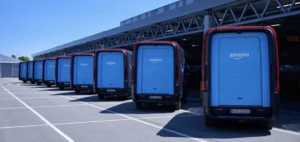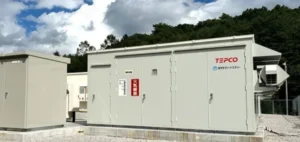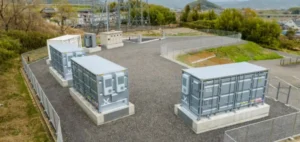AGL Energy Limited has approved an investment for the construction of a 500 megawatt (MW) battery with four-hour storage duration in the Hunter region of New South Wales. This infrastructure, with an estimated operational lifespan of twenty years, represents a cost of 800 mn USD and will be built by Fluence, selected for the design, supply, and execution of the project.
A project funded by equity and existing debt
The funding of this battery, described as “grid forming” by its designers, is based on cash flows generated by AGL Energy Limited as well as existing debt facilities, including green loans dedicated to investment expenditure. According to the data provided by the company, construction is scheduled to begin at the end of 2025, with commissioning targeted for the end of 2027.
The new Tomago battery will be added to an existing portfolio of grid storage assets and third-party contracted capacity, enabling AGL Energy Limited to strengthen its operational flexibility. The company reports that other batteries, such as those at Torrens Island (250 MW) and Broken Hill (50 MW), are already operational and have delivered strong performance since their commissioning.
Strengthening the flexible assets strategy
The development strategy announced by AGL Energy Limited also includes an advanced timeline towards the final investment decision for an additional 900 MW of grid battery projects. The stated objective is to accelerate the growth of this flexible asset fleet to meet the evolving energy needs of the Australian market.
AGL Energy Limited specifies that the Liddell battery, with a capacity of 500 MW, remains scheduled for commissioning in early 2026, while the company intends to continue relying on its internal capabilities to optimise the management of all its storage assets.
The development of these infrastructures marks a new stage in the transformation of the Australian energy sector, as demand for large-scale storage solutions continues to rise.


